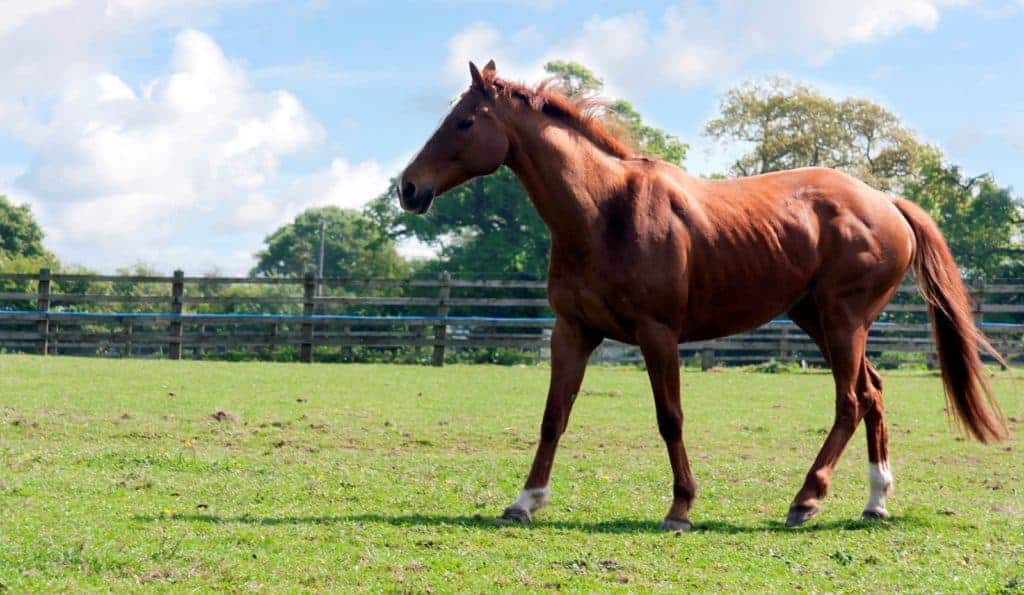
Keeping the Walk-Trot Horse Sound and Fit
Consider the horse’s lameness history and gradually increase varied exercises to manage these mounts, one veterinarian says.
Prevention, diagnosis, and treatment of leg lameness

Consider the horse’s lameness history and gradually increase varied exercises to manage these mounts, one veterinarian says.

Learn about this tendon’s complex anatomy and how veterinarians rehab it when injured.

Horses can (and will) find unique ways to injure themselves. In this article we’ll highlight 4 of the most common causes of sudden lameness.

An equine veterinary podiatrist says ice might help address this horse’s foot pain but won’t solve the main problem.

An off-track Thoroughbred with a mild suspensory strain has heat in the opposing hock. Could this mean he’s compensating for the suspensory injury?

How to prepare for your horse’s chiropractic adjustment and what to do after it’s complete. Learn more in this article from The Horse‘s 2024 Preventive Care issue.

Learn how champion Western riders select the perfect mount, train and condition him properly, and manage his health so he delivers his best in the show pen.

Find out what researchers are learning about the biomechanics of the barefoot hoof.

Non-steroidal anti-inflammatories are among the most common drugs veterinarians administer and prescribe to horses.

Here are 10 ways to reduce your horse’s risk of sustaining tendon damage or injury. Learn more in The Horse‘s 2024 Preventive Care issue.

One veterinarian explains how to manage horse hoof puncture wounds and ensure they heal properly.

Be sure your horse’s hoof supplement contains these minerals to ensure it will positively impact his hoof health.

Learning to read a horse’s facial expressions and postures at rest and under saddle can help you become more sensitive to detecting pain in horses.

Can supplements improve a senior horse’s joint health once he has started showing signs of stiffness? One expert weighs in.

Equine osteoarthritis often develops subtly and is a common result of aging. Learn how a horse’s joints inevitably wear with age and how to keep him comfortable.

Maintain an exercise regimen, address your horse’s weight, and explore medication options to help keep your senior horse sound. 3 Penn Vet experts explain why.
Stay on top of the most recent Horse Health news with
"*" indicates required fields